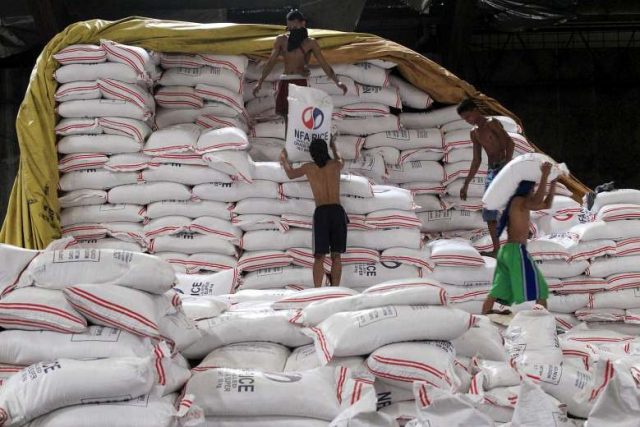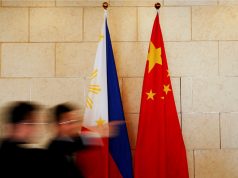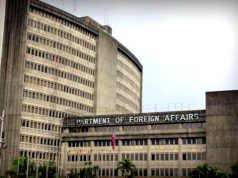MANILA— The Philippines, the world’s second-biggest rice buyer behind China, aims to be fully self-sufficient in production of the staple crop by 2027, the agriculture ministry said on Tuesday.
The pledge comes after previous administrations have failed to achieve the target due to policy missteps and the impact of more destructive weather dampening local productivity.
The Southeast Asian country currently imports more than 3 million tonnes of rice annually, mainly from Vietnam, to beef up local supply and keep prices stable.
Under a revamped five-year program, President Ferdinand Marcos Jr.’s administration has identified “key strategies” to enhance production, including climate change adaptation and using digital technology.
The department of agriculture said in a statement it was seeking full rice self-sufficiency by 2027, or a year before the end of a Marcos’s six-year term. Marcos is also the agriculture secretary.
Annual domestic rice supply is seen stabilizing at 24.99 to 26.86 million tonnes under the program.
The plan also aims for annual rice price increases to be limited to less than 1%, a 54% increase in the income of farmers and the maintenance of sufficient buffer stocks.
The ministry said domestic rice supply currently remained sufficient and sought to allay concerns about a looming El Nino weather event, which can cause a severe dry spell.
With the country battling high inflation driven mainly by food costs, the government is looking to ensure that rice availability in particular will not be hampered.
The National Food Authority, the country’s grains stockpiling agency, has proposed importing 330,000 tonnes of rice to cover an expected deficit in its buffer stock. Marcos has yet to approve the proposal.
RELATED: NFA seeks 330,000 T of rice imports as buffer stocks thin
—Reporting by Enrico Dela Cruz; Editing by Ed Davies










